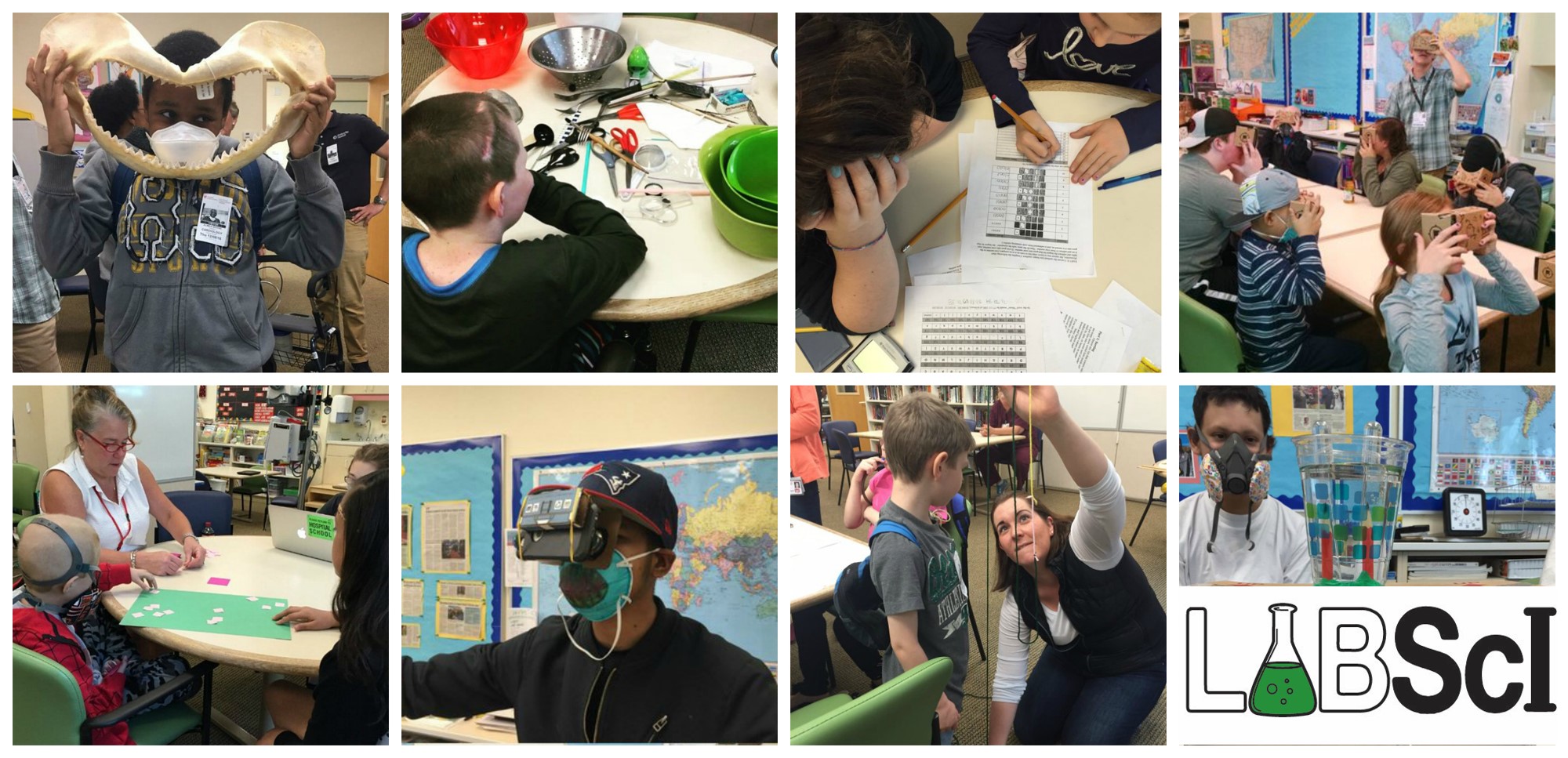In this lab, students will learn about reflexes and measure their reaction time to various stimuli.
Download the labs!
Student Version
Student Advanced Version
Teacher Version
Recommended Prerequisites:
- Student Version: Students are expected to use a calculator to take averages and square roots.
- Student Advanced Version: Students are expected to know how to take averages and square roots and to use the formula distance = rate * time. One question in Part 3 requires knowledge of basic trigonometry. The advanced version includes more concept questions, some of which can be answered with names of specific nerves and muscles (eg: “optic nerve”) by those studying anatomy, or can be answered more generically (eg: “nerve connecting your eyes and your brain”) by others.
Key Concepts:
- Your nervous system allows your body to react to different stimuli (external events).
- Reactions can be voluntary (eg: swinging a bat at a ball flying at you) or involuntary (eg: blinking at a puff of air).
- A reflex is a rapid, automatic response to a stimulus
- examples: shivering if the temperature is too cold; moving your hand if it gets too close to a hot surface.
- Reflexes require at least two neurons, or nerve cells, to function. Sensory neurons take in information (input) from the outside world, whereas motor neurons give information (output) to muscles and joints.
- Some reflexes are processed in the brain, while others are processed in the spinal cord
- The 5 steps of a typical reflex arc are:
- Arrival of stimulus and activation of a receptor
- Activation of sensory neuron
- Information processing by interneuron
- Activation of a motor neuron
- Response by an effector (the muscle that carries out the response)
Materials:
- 1 meter stick for every 2 students (or fewer if they work in larger groups)
- Calculators (or the calculating function on students’ cellular phones)
- Computers (running MacOS or Linux), with python installed and a working mouse
- Headphones recommended if using more than one computer at a time
- Penlight or small flashlight (1 or 2)
- Place where students can sit so that their legs dangle freely
- Piece of cardboard
